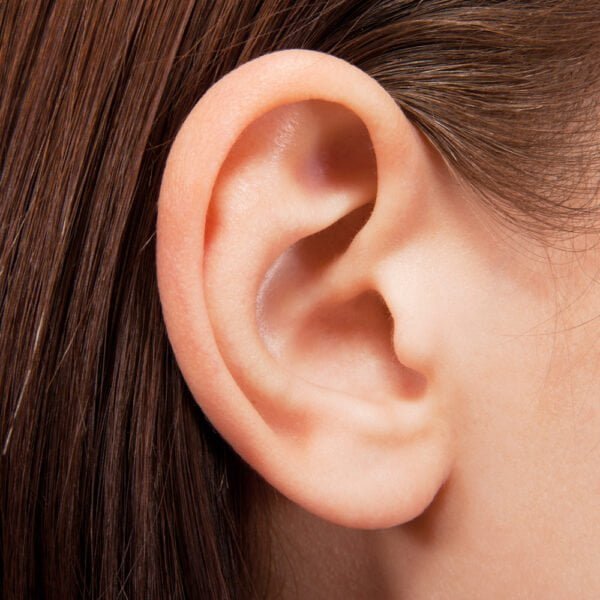Hearing loss has long been considered an irreversible condition that poses significant challenges to communication and overall wellbeing. However, recent ground-breaking research has ignited a glimmer of hope. Scientists have made remarkable strides in understanding the regenerative potential of hair cells within the ear, opening doors to potential future treatments. In this blog post, we delve into the latest discoveries and explore the transformative implications they hold for the future of hearing restoration.
Understanding the Barrier of Irreversibility
The delicate nature of sensory hair cells within the inner ear has been a formidable obstacle in the quest to address hearing loss. These microscopic hair-like structures are responsible for converting sound vibrations into electrical signals that the brain can interpret. Damage to or loss of these hair cells due to factors like loud noise exposure, aging, and certain medical conditions has traditionally been considered irreversible. This limitation has posed challenges in developing effective treatments.
Breaking New Ground
In a ground-breaking study led by Dr. Zheng-Yi Chen, an associate professor of otolaryngology and associate scientist in the Eaton-Peabody Laboratories at Mass Eye and Ear, a significant breakthrough has been achieved. The research team successfully regenerated hair cells in a mouse model by reprogramming specific genetic pathways within the inner ear using a novel drug-like combination of molecules. These revolutionary findings, published in the Proceedings of the National Academy of Sciences (PNAS) on April 17, have far-reaching implications for future advancements in hearing care.
The researchers’ drug-like combination, administered directly into the inner ear, demonstrated remarkable potential in restoring hair cells. By reprogramming the genetic pathways, damaged cells were prompted to regrow and repair. While the study was conducted on mice, the implications for humans are highly promising. This ground-breaking research paves the way for the development of gene therapies that could potentially be administered to individuals with hearing loss, offering the possibility of restoring their natural hearing abilities.

Transforming the Landscape of Hearing Care
The implications of these findings are immense and transformative. If the concept of hair cell regeneration can be successfully translated to humans, it has the potential to revolutionise the field of hearing care. Unlike traditional interventions such as hearing aids and cochlear implants, which primarily amplify sound, hair cell regeneration targets the underlying cause of hearing loss, allowing individuals to naturally regain their hearing abilities.
The Personalised Future of Treatment
Furthermore, this breakthrough research could pave the way for personalized medicine in the field of hearing care. By gaining a deeper understanding of the genetic pathways and individual variations in hair cell regeneration, tailored gene therapies could be designed to address specific types of hearing loss. This personalised approach would provide targeted treatment options, maximising the chances of success while minimising potential side effects.
In addition to the transformative potential of hearing restoration, the impact on individuals’ overall well-being cannot be understated. Hearing loss has been linked to social isolation, depression, and cognitive decline. Restoring hearing abilities through hair cell regeneration could empower individuals to reconnect with their loved ones, engage more actively in social settings, and improve their mental and emotional health.
Conclusion
The discovery of the regenerative potential of hair cells within the inner ear represents a significant leap forward in the field of hearing restoration. These findings hold the promise of future treatments, bringing hope to millions of people worldwide living with hearing loss. While further research and clinical trials are necessary to validate these initial findings, the potential for gene therapies and personalised treatments for hearing loss is within reach. The future of hearing restoration is bright, offering renewed possibilities for individuals to regain their natural hearing abilities and enhance their quality of life.
Elevate Your Hearing Experience with Hearing Aid Accessories
As you embark on your journey to regain your hearing abilities, our wide range of accessories is here to complement and optimise your hearing aids. From earmolds and batteries to wireless streaming devices and cleaning kits, our carefully curated selection of accessories is designed to enhance comfort, convenience, and performance. Take the next step in your hearing journey and unlock the full potential of your hearing aids. Together, let’s empower you to fully engage in the sounds of life. Visit our shop today to explore our collection of accessories and discover how they can elevate your everyday listening.




